John Hurrell – 11 May, 2016
If there is a consistent theme in this selection it is that of the West's (especially the USA's) one-eyed view of its own importance, and the power of photographic images as constructions to present ‘truth'.
One of the many luminaries in the superb Space to Dream: Recent Art from South America currently on at Auckland Art Gallery (but the one who gave the keynote address), New York-based Chilean artist Alfredo Jaar - here at Trish Clark’s - presents a selection of eight works, made between 1981 and 2013. Three works from the current millennium are positioned in the central square space, and the other (earlier) five are located in the outer peripheral ‘nooks and crannies’.
If there is a consistent theme in this selection it is that of the West’s (especially the USA’s) one-eyed view of its own importance, and the power of photographic images as constructions to present ‘truth’.
Examples of the first include: A Logo for America (1987), a photograph of Jaar’s video playing on the side of a skyscraper in Times Square, that tells North Americans what to South and Central Americans is obvious - that the USA is not America; May 1, 2011 (2011), an installation of photograph, chart, blank screen and empty frame showing the Obama administration and military chiefs (names provided) witnessing online the assassination of Bin Laden and the zero information available from the Al-Qaeda side; and Searching for Africa in Life (1996), five C-prints that display 2,128 covers of Life magazine, between 1936 -1996 with barely a mention of the continent of Africa and ending with a story on the Rwanda massacres two years after the event.
An example of the second includes Introduction to a Distant World (1985), a video showing some of 80,000 Brazilian miners carrying sodden bags of earth up the steep slopes of an open-cast mine while others pan for gold at the bottom. Gold’s trading price in different European cities alternates with images of the men’s arduous and risky climb, and Jaar’s constantly wandering (and refocussing) lens demonstrates the impact of concise editing. His lightbox, You do not take a photograph. You make it (2003) again emphasises photograph as an ‘unnatural’ artefact imbedded in political implications by way of its potential options. This observation is repeated in his video The Eyes of Gutete Emerita (1996), a horrific story about a Tutsi family in Rwanda, and Other People Think (2012), a lightbox about each individual’s responsibility (as a sentient being) for, and participation in, the world they inhabit.
Space to Dream at Auckland Art Gallery Toi o Tamaki has a strong emphasis on poetry, and although as a South American artist Jaar often uses extended texts, the most poetic (by which I here mean ambiguous or open) work is a suite of six prints showing a line of Chilean flags descending sand hills, crossing the beach and extending out to sea. Made when Pinochet was in power, and shortly before Jaar left, it alludes to his immanent departure and to Chile’s reputation - as word of its repressive regime travels beyond its borders. The line of flags could be marching soldiers in single file drowning themselves, or a conveyor belt of military pennants attempting to be washed clean.
Jaar’s overarching preoccupation is representation, and the political/ethical consequences of image and text. What is especially interesting about his practice is not his conspicuous humanitarian concerns or fixation on justice or global inequalities, but the nuances of the various decisions he makes while building his art - the subtleties of every step - from duration of image exposure to font type and size. He is inordinately fastidious about how the different stages of art production lock together to enhance an idea with clout. Rigorously researching the dynamics of his chosen media, he questions the assumptions of the viewer at every opportunity.
John Hurrell
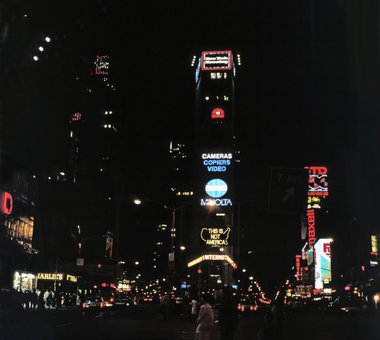
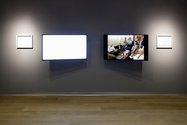
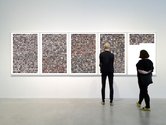
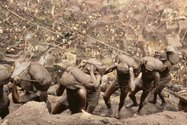
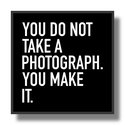
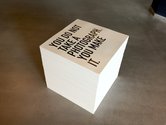
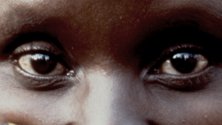
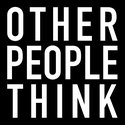
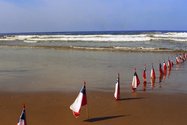
 Two Rooms presents a program of residencies and projects
Two Rooms presents a program of residencies and projects Advertising in this column
Advertising in this column



This Discussion has 0 comments.
Comment
Participate
Register to Participate.
Sign in
Sign in to an existing account.